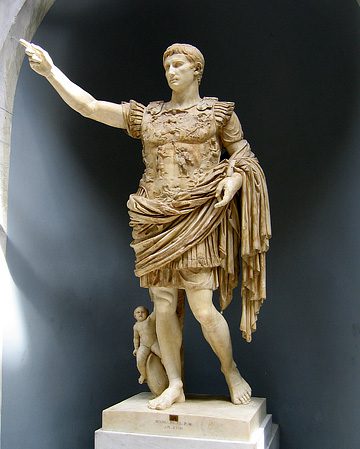The Serving Son of Man
In my last post in this series, I examined a passage from Mark 10 where James and John ask to be given places of honor and power in the kingdom of God. Jesus responds by asking, “Are you able to drink the cup that I drink?” (Mark 10:38). Drinking the cup, I explained, is a symbol of receiving God’s judgment. Jesus will drink the cup in the sense that he will take upon himself the penalty for human sin by dying on the cross.
When the rest of the disciples hear what James and John asked, they become angry, presumably because they also desire positions of honor in Christ’s kingdom. In response to them Jesus says,
“You know that among the Gentiles those whom they recognize as their rulers lord it over them, and their great ones are tyrants over them. But it is not so among you; but whoever wishes to become great among you must be your servant, and whoever wishes to be first among you must be slave of all. For the Son of Man came not to be served but to serve, and to give his life a ransom for many.” (Mark 10:42-45)

Once again, Jesus speaks of himself as the Son of Man. And, once again, he says things that would have been confusing and troubling to his disciples. Earlier in Mark, Jesus revealed that his mission as the Son of Man involves suffering and dying (Mark 8:31; 10:33-34). When he said this in Mark 8, Peter actually began to rebuke him, presumably because he thought Jesus was speaking nonsense (8:32).
Indeed, what many Jewish people in the time of Jesus believed about the Son of Man was completely opposite to Jesus’ own conception of his destiny as the Son of Man. In Jewish speculation, the Son of Man was a supernaturally-empowered human being who would come in the last days to execute divine judgment on earth. This was based on the vision in Daniel 7, where “one like a son of man” (literal translation of the Aramaic original) comes before the throne of God. “To him,” Daniel relates, “was given dominion and glory and kingship, that all peoples, nations, and languages should serve him. His dominion is an everlasting dominion that shall not pass away, and his kingship is one that shall never be destroyed” (7:14). Notice that, in Daniel’s vision, the “one like a son of man” is served by all people as he receives an everlasting kingdom.
Jesus inverts this picture by saying that he, as the Son of Man, “came not to be served but to serve” (10:45). Ultimately Jesus, as the Son of Man, will come in “great power and glory” (Mark 13:26). The time will come when he will be served by all humankind, indeed, all creation (Philippians 2:5-11). But Jesus’ first step is not toward obvious glory, but toward servanthood, indeed, toward the shame of the cross (which is, ironically, his glory; see John 12:23, 17:1).
Given how different this picture of the Son of Man is from what first-century Jews expected, you may wonder where he got this picture. To be sure, it could have been a brand new revelation. But, in fact, there is some precedent in Judaism for the notion of someone giving his life for the sake of others, even if this someone is not referred to as the Son of Man. To this precedent I’ll turn in my next post as I consider how the Son of Man will serve by giving his life “a ransom for many.”

